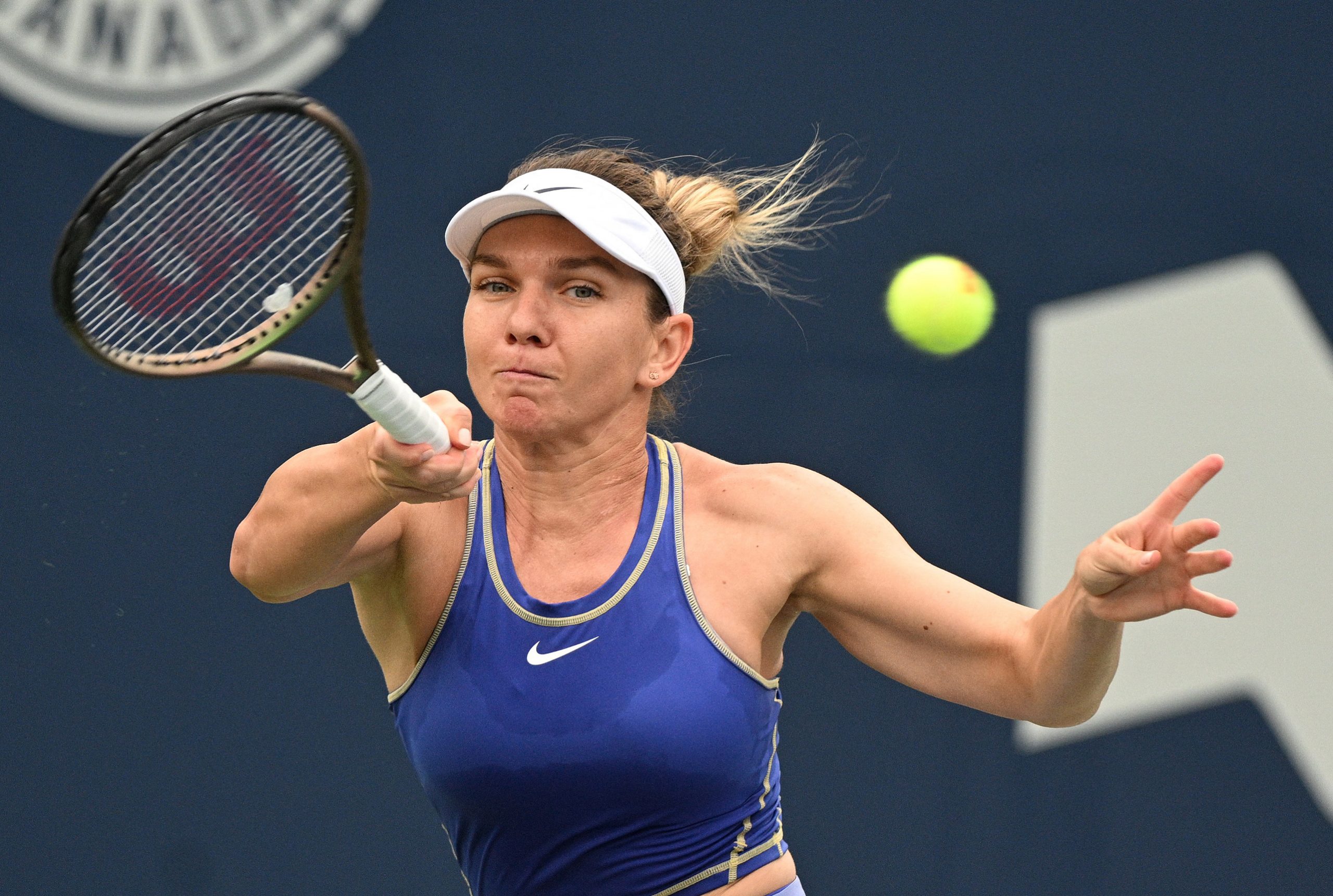Simona Halep will need to prove exactly how the banned substance Roxadustat entered her body– and that it was completely unintentional– in order to get her provisional 4-year suspension from tennis overturned. That’s a complicated fight, but it’s not impossible.
Halep has reportedly asked for an emergency hearing to review the suspension by the ITIA (International Tennis Integrity Agency), which oversees drug testing in professional tennis. According to a report in ProSport, Halep has identified the problem as unlabelled Roxadustat in a contaminated supplement she took which originated in a French lab.
While the news is encouraging to Simona Halep’s fans, the proof required to reduce the ban will likely need to include documentation, lab results and testimony. In addition– crucially– an athlete still, by rule, assumes responsibility for everything they put in their body.
In 2020, doubles world number one Robert Farrah was able to show that a banned substance came from contaminated beef he ate, but it took considerable work and documentation to prove that. Furthermore, the contamination came from food. The ITF would likely require that supplements would need to carry a higher degree of vigilance on the part of an athlete.
The following three factors might help Halep in her case:
1. Roxadustat has a short half-life, meaning it exits the system quickly. According to Chris Min, a medical doctor who specializes in drugs and biochemistry, half a dose of Roxadustat is typically out of a person’s system within 10 hours of ingesting it or within 15 hours in a patient with kidney disease. Halep failed her test immediately after her first round match at the U.S. Open, and reportedly only traces of roxadustat were found in her urine samples.
Traces of the drug wouldn’t have impacted that match nearly as much as a regular dose. Why bother with traces before a big match? The half-life of Roxadustat and the traces found on that date indicate a full dose would have needed to have been taken in the week prior to her competing. Why would it make sense to build endurance in the week before, but not during, a major match? Additionally, the impact of the drug is nearly immediate, according to Min. In short: the timing and the amount of Roxadustat doesn’t make sense for an athlete who was intentionally doping.
To further her cause, Halep reportedly had clean tests in the days and weeks leading up to her positive test, including during the time she won the National Bank Open in Canada.
2. Athletes who test positive for banned substances often do so with drugs that fix a deficit rather than enhance what is already a strength. For instance, in 2013 Marin Cilic tested positive for the stimulant nikethamide, which improves focus– but not power, which the Croatian has plenty of already. Maria Sharpova’s banned drug meldonium enhances exercise, not focus. Fernando Verdasco, who has ADHD, recently forgot to get waivers for his prescribed Methylphenidate. No surprise, since ADHD can make people forgetful. The point: Athletes tend enhance what they need, not what they already have.
In Halep’s favor, the 2-time Grand Slam champion is already known for her endurance. Roxadustat, according to Min, increases red blood cell production, which would potentially help Halep outlast opponents– but that’s already her brand of tennis.
“Anything that enhances one’s Red Blood Cell production would be considered a competitive advantage. Look at Lance Armstrong’s history… more so I suppose something like cycling, but tennis players could theoretically benefit,” Min said.
3. Interestingly, Min notes that in the United States, the FDA (Food and Drug Administration)-assembled Advisory Committee decided 13 to 1 against recommending approval of Roxadustat in July 2021. The drug has been approved in other countries, including China, Japan and Korea.
In fact, in August 2021, the European Union approved Roxadustat under the brand name Evrenzo for use in Europe to treat kidney disease. Therefore, the legal use of the drug in France certainly doesn’t hurt Halep’s claim that the contaminated substance came from a French lab.
In the end, Simona Halep has a long way to go to get her provisional 4-year ban lifted, but she does have the potential for some common-sense arguments to support her claim that she took the banned substance by accident. That could logically lead to a reduced timeframe for her suspension.















